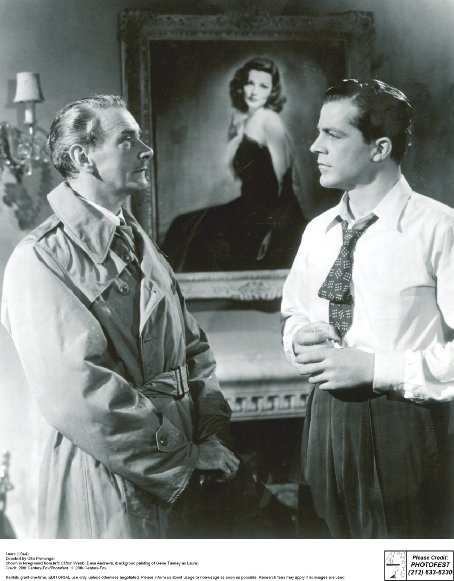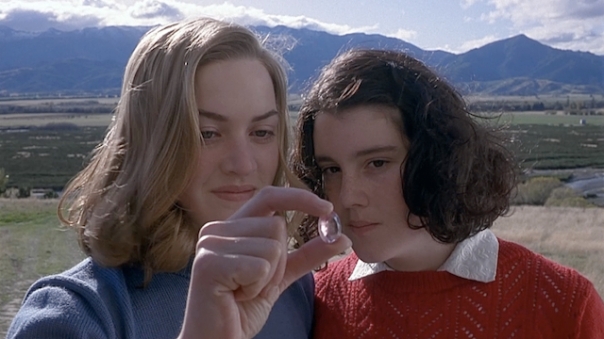
As a comedy nerd who listens to podcasts as much as I can, I often hear interviews with comedians discussing the transition for comedic actors into dramatic roles and vice versa.
It’s known in Hollywood circles to be harder to transition from comedy to drama and Sarah Silverman mastered it with her performance in I Smile Back.
Silverman plays a suburban wife and mom with two kids who struggles with addiction and infidelity in the film based on a book by Amy Koppelman. The film was a long time in the making and Silverman signing on as the title character made it complete. Her performance has earned the most praise for the film and I agree it takes the story to a higher level.
I Smile Back needed a strong female lead because the film focuses so much on the character of Laney with her husband Bruce (Josh Charles), kids and friends more in the background.
Unfortunately, even after time in rehab, Laney’s struggles are bigger than her family and their love for each other. Laney says in the film that she wonders why anyone would fall in love and have a family and that she often tries to protect her kids from going through the same thing.
Laney’s destructive path is hard to watch and another unfortunate turn is there is not much resolution after it is done.
As I said, Silverman’s performance brings it all together for the film and shows her range between comedy and drama and more importantly to fully embody a character while bringing her own influence to the role (as described in this Huffington Post interview.)
Silverman helped translate the story to the big screen and, while I am more interested in reading the book now to study its origins, it is overall an admirable project her fans will appreciate.








